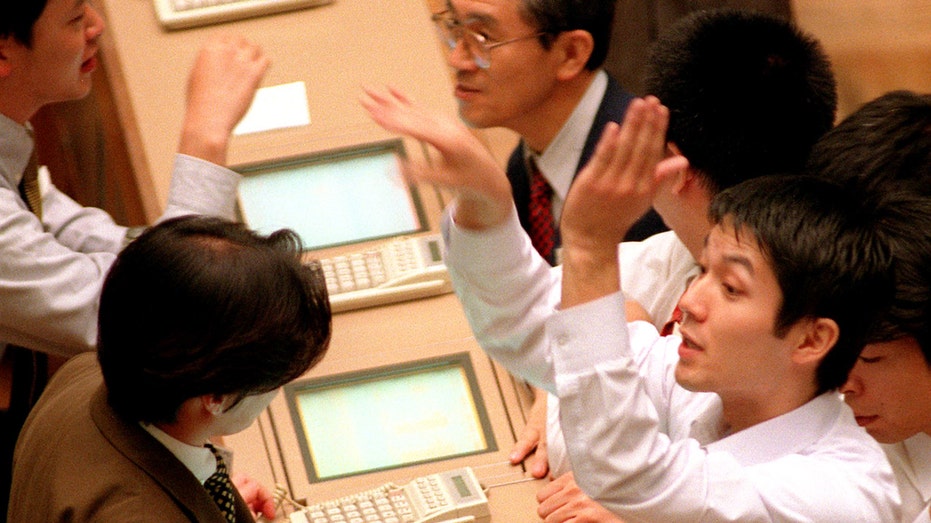An urban explorer recently documented a largely abandoned, yet remarkably well-preserved, Japanese resort town.
Kinugawa Onsen, located in Nikkō, a city in central Japan’s Tochigi Prefecture, was once a thriving tourist destination known for its hot springs and towering cliffside hotels.
“I was scouting other nearby locations when I came across this entire district of abandoned hotels,” 28-year-old Luke Bradburn told news agency SWNS. “It was like walking into a ghost town.”
The area was first developed in the 1970s – right in the middle of the Japanese economy’s postwar launch into the stratosphere.
MAN DISCOVERS ‘GHOST TOWN’ FULL OF EMPTY, EERIE HOTELS: ‘LIKE A TIME CAPSULE’
However, it soon became evident that the Land of the Rising Sun was on the precipice of economic disaster – and that places like Kinugawa Onsen wouldn’t be able to hold on much longer.
TRUMP SECURES HISTORIC $550B TRADE DEAL WITH JAPAN: ‘NEVER BEEN ANYTHING LIKE IT’
In the late 1980s, lax fiscal policy and related behavior ran rampant – and the country touted the sky-high stock prices and real estate valuations to show for it.
It was evident that Japan was on the cusp of a bubble, and when that bubble burst, it gave way to what’s colloquially known as the “Lost Decade” of the 1990s.

The Financial Ministry hiked interest rates, the stock market crashed, and demand tanked – resulting in a period of economic deflation and growing conservatism in business investments. Ultimately, this slowed the market to a crawl.
Some analysts have even broadened the term to “Lost Decades,” citing events like the 2008 recession and 2011 Fukushima Daiichi Nuclear Power Plant disaster as catalysts for further, significant economic turbulence throughout the 2000s and 2010s.
CALIFORNIA OVERTAKES JAPAN TO BECOME WORLD’S 4TH LARGEST ECONOMY
Between 1995 and 2023, the Japanese economy saw a trillion-dollar drop in nominal GDP – and, despite the country’s continued status as a global economic powerhouse, its share of the world’s nominal GDP spent the last three decades contracting to about one-fifth of what it was in the 1990s.
In the 1990s, places like Kinugawa Onsen were quick to fall victim to Japan’s newfound economic pessimism – and other aggravating factors surrounding it.
The formerly luxe vacation hotspot went from attraction to aberration – and in 2005, Professor Shigeru Itoh, an urban planning expert, dubbed the area the third-ugliest place in Japan.
“You get a sense of what life must’ve been like here at its peak – and then it just stopped,” Bradburn said of the area.
“It’s eerie, sad and fascinating all at once.”
Read the full article here
